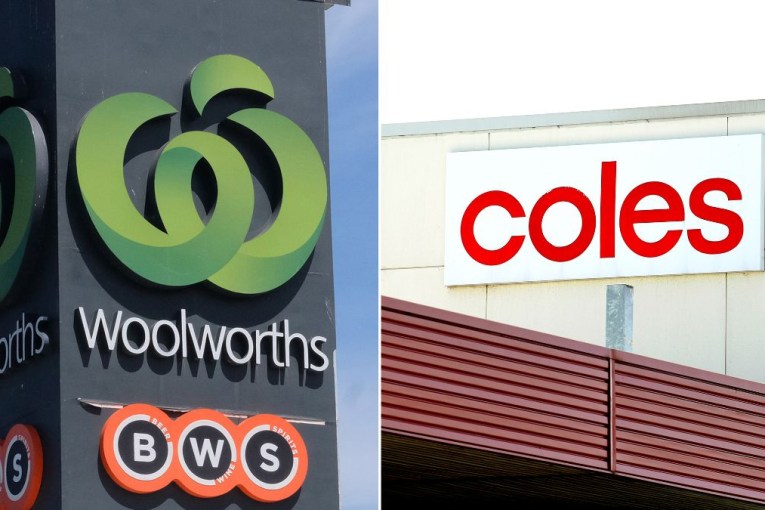Consumer confidence records largest-ever monthly decline, drops below GFC low


Consumer confidence has plummeted. Photo: Getty
Consumer confidence has collapsed to levels not seen since the 1990s recession after recording its largest-ever monthly decline.
The Westpac-Melbourne Institute sentiment index showed confidence plunging 17.7 per cent in April as businesses closed their doors and stood down hundreds of thousands of workers.
It marked the largest one-month drop in the survey’s 47-year-history and took the index down from 91.9 points to 75.6 points – below the trough of the global financial crisis and close to the recessionary lows of the early 1990s (64.6) and early 1980s (75.5).
“However, it is pertinent to note that the lows in previous recessions were reached after one to two years of continuous deterioration compared to the one month collapse we have seen here,” Westpac chief economist Bill Evans said.
“Certainly we cannot rule out the Index dropping below the historic low of 64.6 we saw in November 1990.”
The collapse in confidence largely reflects the massive job losses and resultant drop in spending power after government restrictions forced many businesses to shut their doors to the public – with all sub-components of the index reported major falls.
But Mr Evans said the “most surprising message is the collapse in confidence in the housing market”.
The dire results comes after the International Monetary Fund released a damning report overnight forecasting Australia’s economy to contract 6.7 per cent in 2020 – before rebounding 6.1 per cent in 2021.
It said Australia’s economic performance during the coronavirus crisis was likely to fall within the bottom third of the world’s 20 largest economies – with the United States (-5.9 per cent), United Kingdom (-6.5 per cent) and South Korea (-1.2 per cent) all forecast to suffer less economic damage.
But Treasurer Josh Frydenberg has since told reporters that the results were overly pessimistic as the IMF had finalised their forecasts before the government had announced its $130 billion JobKeeper wage subsidy on March 30.
The Treasurer says the measure “will ensure many Australians remain in their jobs and won’t be joining the dole queue”.
Mr Frydenberg also noted that at the time the IMF was collating its figures, the Australian “curve” tracking the rate of new COVID-19 cases was “heading in the wrong direction”.
The IMF predicts Australia’s unemployment rate will average at 7.6 per cent this year and 8.9 per cent in 2021.
Meanwhile, Treasury’s own modelling forecasts Australia’s unemployment rate to jump from 5.1 per cent to 10 per cent in the next three months.
It said the nation’s jobless rate would have tripled to 15 per cent had the government not rolled out its $130 billion JobKeeper program.
But independent economist Stephen Koukoulas previously told The New Daily that Treasury’s figures painted an inaccurate picture of the labour market as they ignored underemployment – when an adult is working less than 35 hours a week but wants to work more.
Mr Koukoulas said Australia’s underemployment rate, which last year never dropped below 8.1 per cent, could conceivably rise to 15 per cent during the coronavirus crisis.
That would mean a quarter of the workforce – or roughly 3.4 million Australians – would either be jobless or in need of more work.
The ABS will release the next unemployment figures at 11.30am on Thursday.
But economists have said we will need to wait another month to see the full impact of the coronavirus on jobs as the latest figures will relate to March, before the virus had fully taken hold in Australia.









